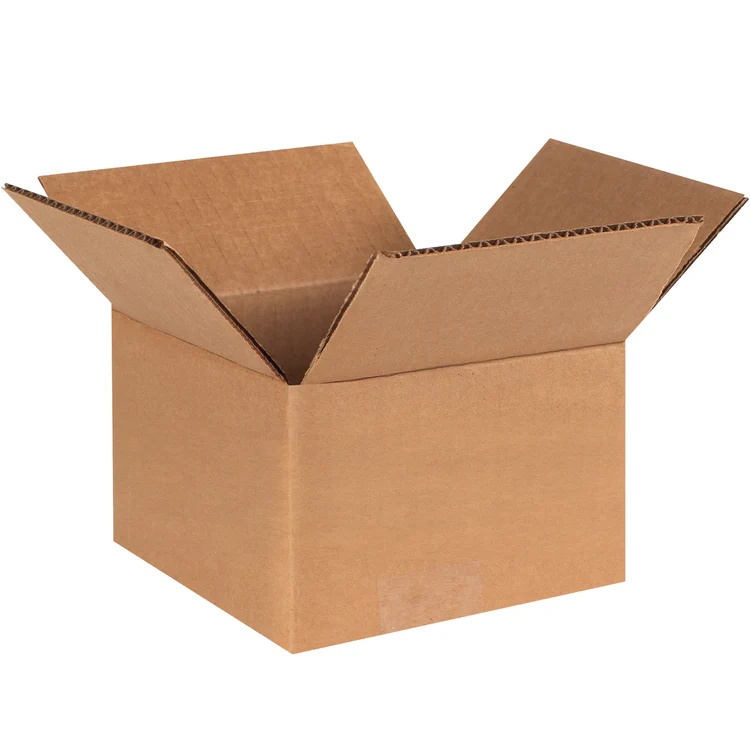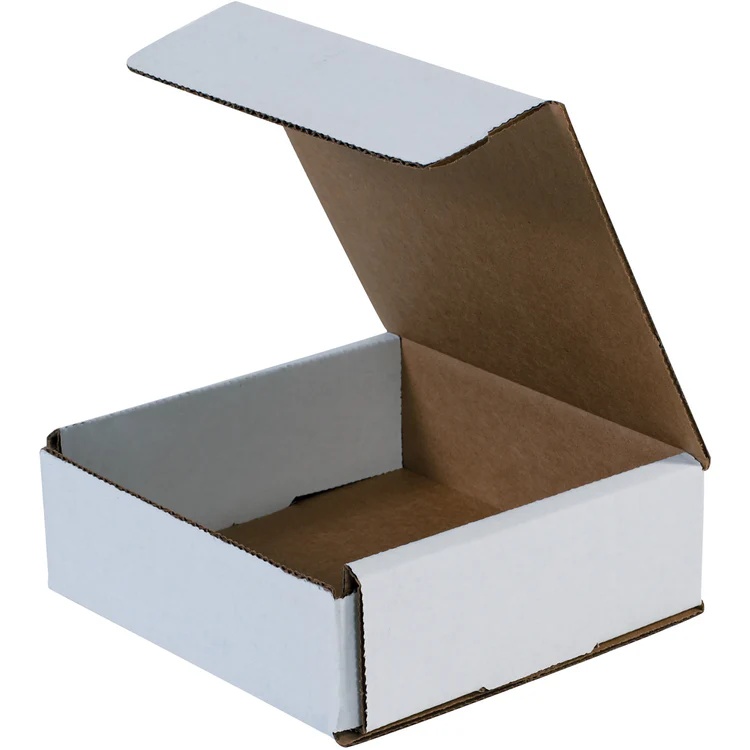The
transport box is the "bottom line of safety", and the core solution is "how to deliver the product to the consumer in good condition";? ?The
mailing box is the "experience ceiling" that determines "how consumers perceive brand value."? ?Both need to combine product characteristics, channel scene and cost objectives fit, if necessary through the combination of the "outer storage + inner experience" plan balance protection and premium brand.
?
I. Core Classification and Functional Positioning
According to the use scenarios and functions of packaging, mailing boxes and transportation boxes can be classified into "storage and transportation" and "e-commerce" categories, and their core differences are reflected in protection requirements, user experience and brand transmission:
?
Transportation box (storage and transportation type) : With storage and transportation as the core function, it is necessary to give priority to safety protection, such as compression resistance, shock proof, moisture-proof, common in packaging boxes,
express boxes, etc.The material is mostly corrugated cardboard (such as three or five layers of corrugated), with cushioning materials such as sponge, EVA inner or bubble bag. The procurement strategy focuses on "practical and low price", but it is necessary to avoid poor quality affecting the brand image.
?
Mailing box (e-commerce type/gift type) : In addition to basic protection, it places more emphasis on the consumer's unboxing experience, including visual design, material texture and the sense of opening ceremony. It may even encourage users to actively share "unboxing photos" to spread the brand. The material can be selected from special paper, imported paper or customized process (such as embosting, UV coating), suitable for e-commerce, live broadcast and other direct contact with consumers.
?

?
?
III. Key Selection Factors: Four Core Considerations
Product Characteristics and Protection Requirements
- Fragile/valuable items (e.g. electronic products, glass products) : Priority should be given to transportation safety. It is recommended to use a combination of transportation box and mailing box: the outer layer should be a transportation box with strong pressure resistance (such as an aircraft box), and the inner layer should be a mailing box that fits the shape of the commodity, with a buffer inner bracket to prevent shaking and collision.
?
- Liquid/leaky goods: The shipping box should be sealed, and the mailing box can focus on brand display, but it should ensure that the inner layer is leak-proof (such as sealed bag + hard box).
?
- Regular goods (e.g. clothing, daily necessities) : If the transportation link is simple, you can directly use mail boxes with both protection and experience (such as e-commerce packaging boxes) to reduce the number of packaging layers.
?
Sales Channels and User Experience
- E-commerce/online channels: Consumers are sensitive to the "unpacking experience", and need to focus on the visual and texture of the mailing box (such as special paper, unique opening way), and even design the dissemination point of "unpacking" (such as high appearance level packaging to encourage users to share to social platforms). The transport box only acts as an outer protection, which simplifies the design to control the cost.
?
- Pure logistics transfer (such as B-terminal bulk transportation) : Without end user contact, the storage and transportation boxes are directly selected to ensure stacking and transportation efficiency with practicality and low price as the core.
?
Cost and Budget Control
- Low-cost demand: Choose a generic shipping box with a simple structure, such as a plain cardboard box, or a lightweight shipping box, such as a folding box, to reduce material and shipping costs.
?
- Medium and high-end positioning: Customized mailing box (such as heaven and earth cover box, book box) can be used with simple transport box to take into account the brand image and logistics safety, but it should be noted that complex box (such as special shape box) will increase the production cost.
?
Brand Image and Communication Goals
- High-end brand/gift scenario: The mailing box should reflect the texture (such as imported paper, gilding process), while the transportation box can be printed with the brand LOGO or environmental protection slogans to convey the brand value. If it is a gift package, it is also necessary to consider the convenience of giving gifts and the experience of receiving gifts (such as hand-carried design and delicate lining).
?
- Mass brands/fast-moving consumer goods: Mail box "on shelves showcases" or "express out of the first impression", shipping box is given priority to with standardization, reduce the comprehensive cost.
?
IV. Typical Scenario Decision-making Examples






